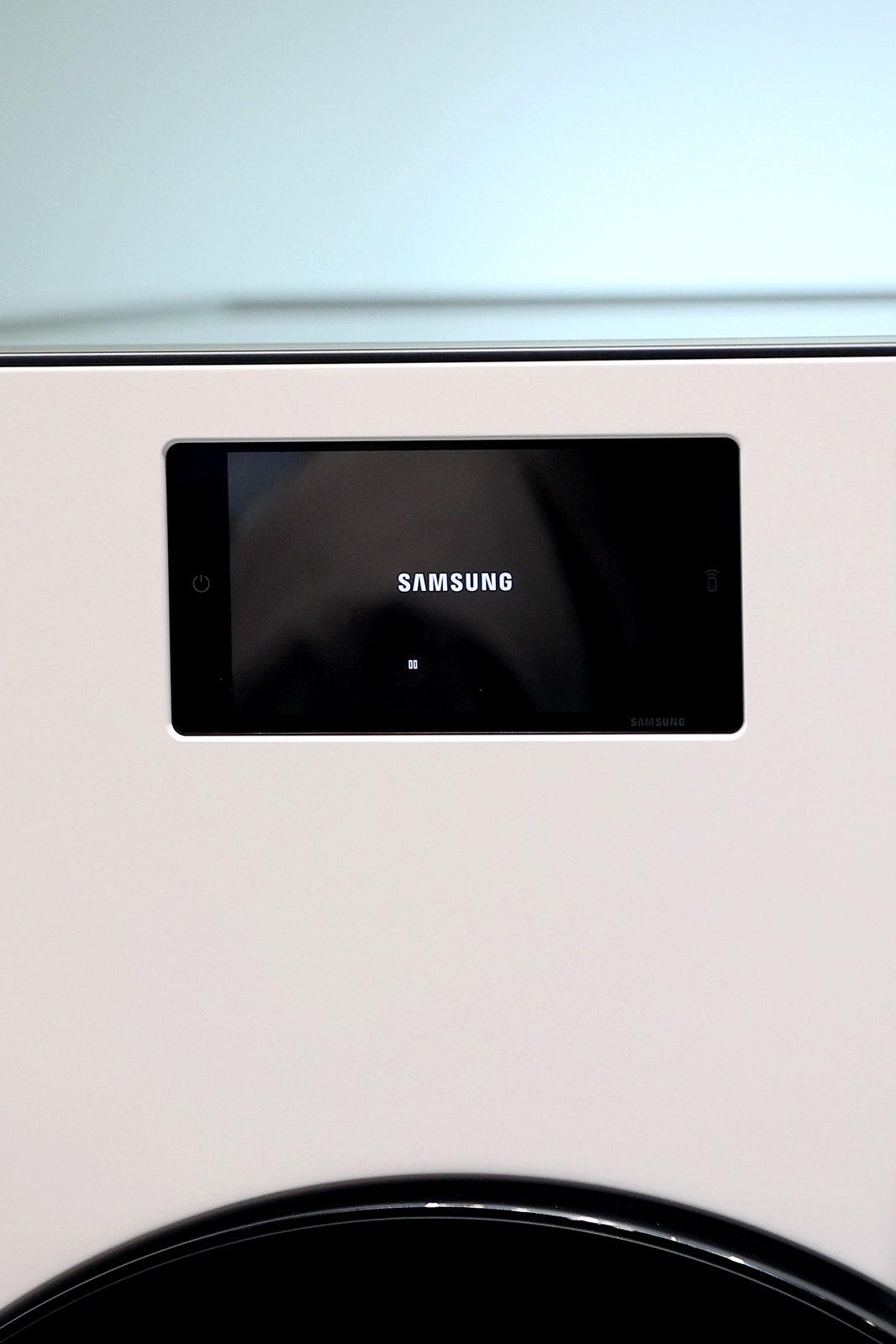How a Samsung Washing Machine Chime Triggered a YouTube Copyright Fiasco
YouTube has long been a platform where creators can share their talents and build an audience. However, it has also become a battleground for copyright disputes, with many content creators falling victim to overzealous copyright claims. In a bizarre turn of events, a simple chime from a Samsung washing machine led to a copyright fiasco on YouTube, highlighting the flaws of the platform’s copyright system.
It all started when a YouTuber named John decided to film a product review of his new Samsung washing machine. As he showcased the various features, he inadvertently included a few seconds of the washing machine’s chime, a distinctive sound that indicates the completion of a wash cycle. Little did John know, this innocent inclusion would spark a copyright firestorm.
Within hours of uploading the video, John received a copyright claim from a music licensing company that represents a composer who had allegedly created the chime sound. The claim stated that John had used copyrighted material without the proper authorization. Bewildered, John quickly realized that his video had been flagged by YouTube’s Content ID system, an automated tool that compares uploaded videos to a vast database of copyrighted material.
The chime sound, considered a unique audio asset, was apparently registered as copyrighted material. But the absurdity of the situation soon became apparent – how could a simple chime sound, which is a part of a common household appliance, be subject to copyright protection?
As John appealed the claim, he discovered that the whole ordeal was a result of an overreaching copyright system. The chime sound had indeed been registered as copyrighted material by the music licensing company, who claimed that they had composed and produced the sound for Samsung. This raised questions of whether such a distinct sound, one that many washing machines share, could truly be considered an original creation worthy of copyright protection.
The incident quickly gained traction on social media and sparked a heated debate about the limits of copyright and YouTube’s handling of copyright claims. Many argued that the Content ID system was flawed and allowed copyright holders to assert their claims too broadly, often at the expense of small creators who lacked the resources to challenge them.
Furthermore, the incident highlighted a broader issue of copyright trolling, where copyright holders exploit the system to make false or exaggerated claims in order to monetize others’ content. Critics argue that this not only harms creators but also stifles creativity and innovation.
YouTube, recognizing the flaws in its copyright system, has since taken steps to address the issue. The platform has pledged to improve its appeals process and provide clearer guidelines for copyright claims. Content creators now have better information about fair use and can dispute claims more effectively.
The Samsung washing machine chime fiasco served as a wake-up call for YouTube and its community. It revealed the need for a fairer and more nuanced copyright system, one that protects original creations while also ensuring that trivial claims do not cripple creators’ rights.
As the platform continues to evolve, it is crucial for YouTube to strike a balance between copyright protection and the freedom of expression that has made it a hub for creativity. Ultimately, the goal should be to foster an environment where creators can thrive without the fear of facing unjust copyright claims, no matter how trivial they may seem.

